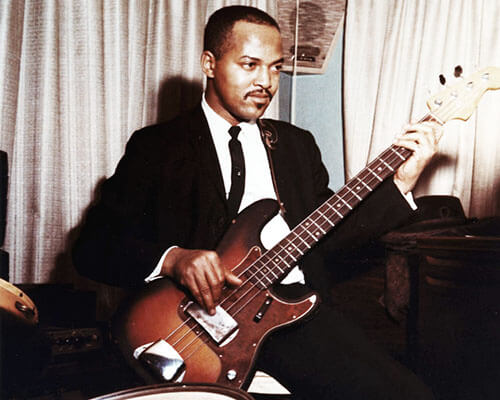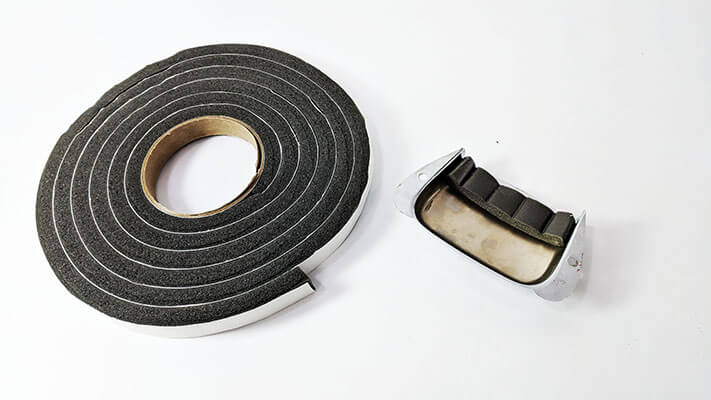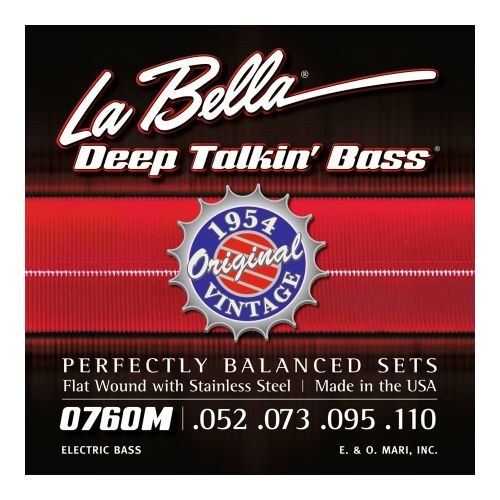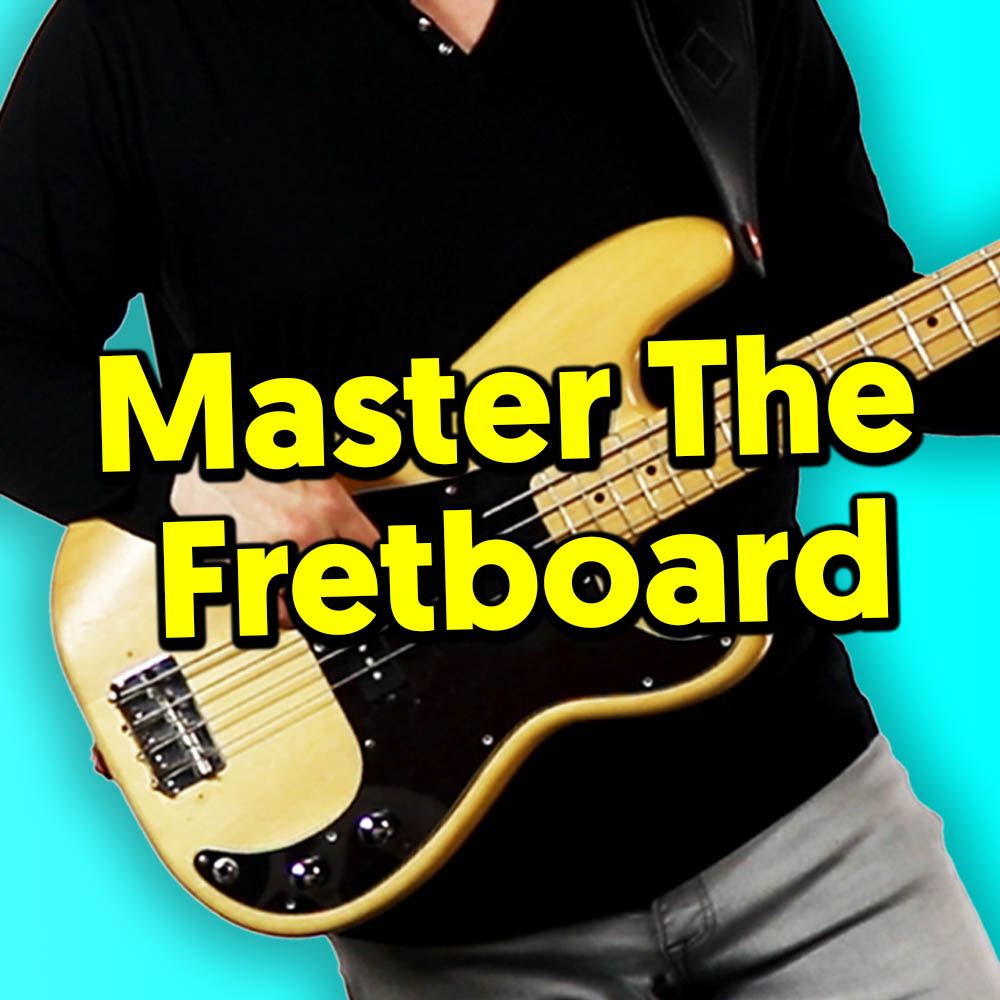This week we’re looking at the amazing James Jamerson and 3 simple ways of developing that muted Motown bass guitar tone.
James Jamerson is THE MAN!
So anyone that’s listened to any classic Motown hits by stars like Stevie Wonder, Marvin Gaye or the Supremes will have wondered about the awesome bass playing and tone of James Jamerson.
Jamerson played bass on all the classic Motown hits of the 60’s and 70s and had a very distinctive tone and playing style. His upright jazz ability enabled him to weave beautiful melodic basslines through a chord sequence.
Combined with his ’62 Fender Precision (The Funk Machine) and his muted heavy gauge flatwound strings, Jamerson changed the electric bass forever and influenced everyone in every style that followed from Paul McCartney to John Entwistle to Jaco Pastorius to Geddy Lee.
So let’s have a look at some basic tone tips that should help get you started with that Motown vibe. They might not help you play like him but they’ll definitely help with getting that sound!
Tip #1 – P Bass!
So first of all, get yourself a P bass. James Jamerson mainly used a 1962 Fender Precision he named the Funk Machine and that fat sounding, central split coil pickup is so important in getting that booming, round tone.

If you want to be authentic you could bag yourself a ’62 bass complete with the bridge and pickup covers still fitted. The bridge cover comes into play in my third tip and the pickup cover plays a part in that it gave Jamerson a place to anchor while he played one finger – ‘The Hook’.
However, don’t worry if you can’t afford to go down that expensive vintage bass route. Just be sure it’s a Fender Precision and be sure to play somewhere in between the pickup and the neck.
Tip #2 – Flatwound Strings
Next, buy yourself a pack of flatwound strings. If you want total authenticity buy a pack of La Bella Deep Talkin’ Bass 760M Flatwounds. These are the strings Jamerson and Duck Dunn used on hundreds of classic recordings.
Now be warned, these are heavy, heavy gauge. They’re .52 at the G string and .110 at the E string and they feel like bridge cables. They even look thick and because of that high gauge they also have a really high tension. So, yes, if you want to be authentic, go buy yourself a pack but you will probably have to adjust the truss rod and intonation to accommodate them.
Because of the added tension, these strings hardly move when you play and you’ll probably notice your hands suffering a little more fatigue than usual. But they do give you that big Jamerson tone and I personally find the bigger strings kind of dictate how I play. It’s feels like a real workhorse bass. I don’t want to slap, I don’t want to solo. It slows you right down and makes you wanna lay down some bouncing low end grooves.
If those strings are just too big and you don’t get on with them, just try out the lighter 760FS Labella’s. They’re flatwounds but a more medium gauge of .45 to .105. I’ve always used that set as my go-to Flatwounds, they sound and feel great and you don’t wear you down like the heavier pack.
The key point is obviously: Go with flatwounds. Roundwounds are completely out of the question. Flats are where it’s at.
Tip #3 – Muting!
Lastly, get yourself some foam! On the underside of the bridge cover, the old P basses had a strip of foam that would mute the strings and give you more of an upright tone.
My bass didn’t have any of the muting so I’ve attached some common self adhesive weatherproof stripping under there and it works just fine. You just cut a piece off and stick it on. Hey Presto, muted bass.

A really popular way of doing this without using a bridge cover is to take some foam or a sponge and just stick it down there under the strings. Carol Kaye swears by this and you can just watch any videos of her playing to see it in action.
You can also use the Rocco Prestia trick of muting with the fretting hand to achieve the same effect without any extra additions to the bass. Just fret a note with the left hand and then lightly hold the other fingers down against the strings to get a muted tone.
The upside to this method is you can vary the strength of the muting by varying the pressure of the fingers. The downside is you obviously have to play with one finger a lot of the time which can limit your dexterity. But it’s worth checking out Rocco Prestia and Danny Mo Morris for how this can be really effective.
Inspiration
So that’s 3 quick tips for getting more of a James Jamerson tone. Obviously, there’s a lot more to the brilliance of James Jamerson than just a muted p bass with flats but it’s a start and I’ve found that by setting up a bass in this way, I feel more inclined to practice and transcribe more of his lines. It really gets you in the mood!















Excellent…biggest mistake I made in 1974 was trading in my 1967 Fender P for a Rickenbacker 4001….now use a 1970 Fender Jazz
What about the amplifier and speakers? Did you set the tone controls flat on the amp? And how much of a difference do the speakers make? I understand that Jamerson used a B-15, 35W with some cheap speaker. I also read somewhere that Jamerson never changed his strings, that he had the same set on for over 10 years.
And that brings up another, slightly related, issue for me: I shy away from using a pedal of any kind because I never know how to set it for playing. Ok, its easy enough to set up for one tune but do you want to keep the same pedal sound for every tune in a set? I dont want to have to be adjusting pedal setting differently for every tune and if you just want to leave it at one setting, then what’s the point of using it? Its that aspect that keeps me off of using pedals.
Thanks for the Jamerson tips Mark. I had an SX bass that had all the covers and the foam under the bridge does a good job of altering the sound. I had to go to a short scale bass for comfort and will be using the foam under the strings in that area since this bass does not have a cover. Appreciate your info.
Hey Mark thanks. These tips are great. I love Jamerson’s bass lines. I don’t own a P Bass but I do own a Jazz Bass Fretless loaded with La Bella Deep Talking 760FS strings, gauges .045 for the G to .105 for the E.